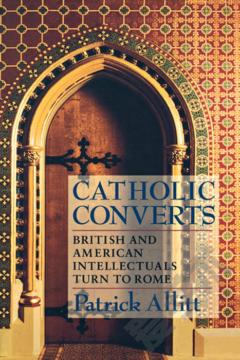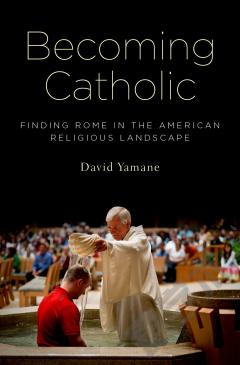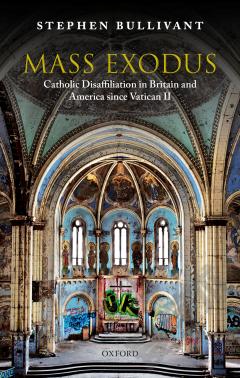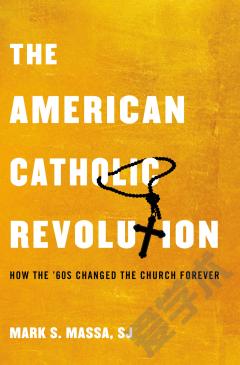Catholic Converts —— British and American Intellectuals Turn to Rome
----- 天主教信徒:英美知识分子转向罗马
From the early nineteenth to the mid-twentieth century, an impressive group of English speaking intellectuals converted to Catholicism. Outspoken and gifted, they intended to show the fallacies of religious skeptics and place Catholicism, once again, at the center of western intellectual life. The lives of individual converts—such as John Henry Newman, G. K. Chesterton, Thomas Merton, and Dorothy Day—have been well documented, but Patrick Allitt has written the first account of converts' collective impact on Catholic intellectual life. His book is also the first to characterize the distinctive style of Catholicism they helped to create and the first to investigate the extensive contacts among Catholic convert writers in the United States and Britain.Allitt explains how, despite the Church's dogmatic style and hierarchical structure, converts working in the areas of history, science, literature, and philosophy maintained that Catholicism was intellectually liberating. British and American converts followed each other's progress closely, visiting each other and sending work back and forth across the Atlantic. The outcome of their labors was not what the converts had hoped. Although they influenced the Catholic Church for three or four generations, they were unable to restore it to the central place in Western intellectual life that it had enjoyed before the Reformation.
{{comment.content}}








 京公网安备 11010802027623号
京公网安备 11010802027623号